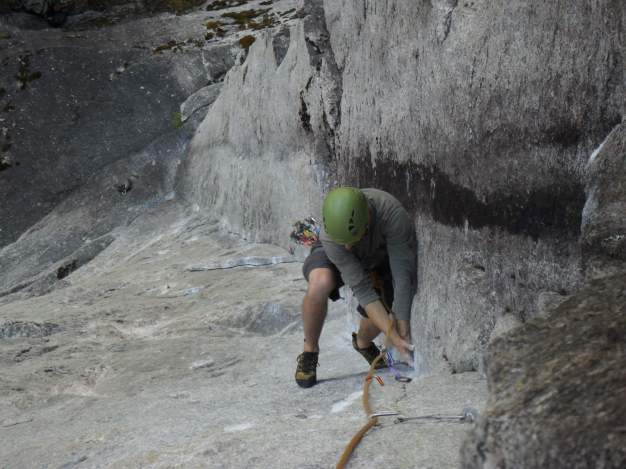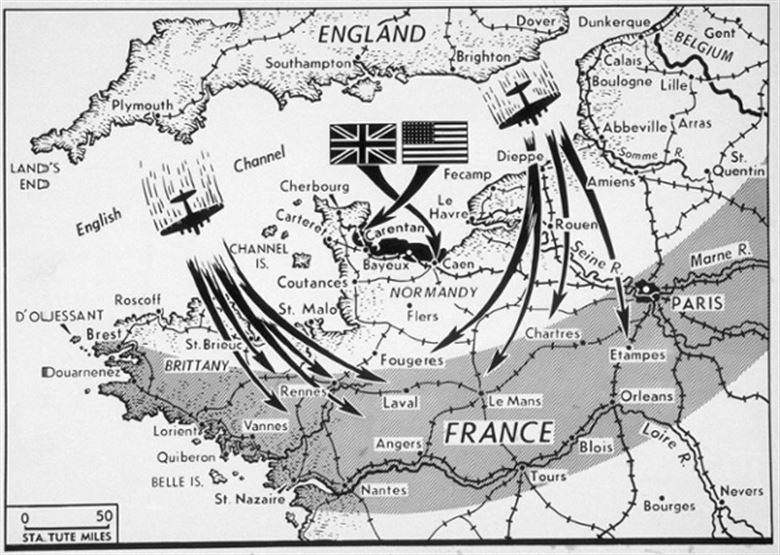A note for others with shoulder trouble: I’m glad you’re reading this. My motivation to write this blog was to give you another ‘data point’ of surgery from the patient’s perspective. However, please don’t take anything I say or do as medical advice. The best medical advice I can give is to see a really good doctor (or two) who knows the latest about your particular problem. Shoulder surgery is changing fast and treatment for climbing injuries is a growing field.

In previous posts I wrote about what a torn labrum is, and how the tear can be caused or worsened by pulling on the biceps tendon that attaches to it. I know of 2 major strategies for surgical intervention after a labral tear, and which of these is recommended has changed in recent years.
The first strategy is to try to return the shoulder to its state before the injury. This entails anchoring the labrum back onto the shoulder blade with a combination of screws as anchors and sutures to hold the tissue onto those anchors. When something pulls on the labrum, the anchors keep it from moving or tearing any further. I learned from my surgeon that the anchors can also help the cartilage to scar down to the bone, making it even more stable.
This type of surgery is done laparoscopically and has a high success rate, but adding the screws and sutures to the shoulder capsule make it hard to regain range of motion after surgery, so the recovery has a reputation for being slow and painful.

The second strategy is to cut the biceps tendon off of the labrum. If the source of the problem is the pull from the biceps tendon on the labrum, from the tendon rubbing on other things in the shoulder capsule, or from pain in the tendon itself, this should solve the problem at the source. I was surprised to find out that the long head of the biceps is not all that important for climbing or for daily life. When you do a ‘biceps curl’, the biceps isn’t used so much for flexing the arm (a task that falls more on the brachialis underneath it) as for twisting your forearm so your palm faces you. Try it yourself- bring your hand in front of your face, then twist your forearm back and forth so your palm faces in, or out.

I’m told this is a minor movement in climbing, and can be done well with just one head of the biceps intact. To me the motion seems more important for jamming and maybe steep stuff, rather than any sort of face climbing. One of the crushers at our climbing gym in Virginia recently had his long head biceps tendon rupture. He hasn’t done anything about it, he just keeps on crushing. From a functional perspective, it seems pretty reasonable to just cut the tendon off if it’s causing trouble. This is called a biceps tenotomy.
A more palatable variant on Option 2 is to take the tendon, cut it off, and reattach it somewhere else. There were some early attempts to reattach it inside the shoulder capsule near the labrum itself, but that’s considered a bad idea now. Nowadays, most surgeons cut off a section of the tendon and reattach what’s left somewhere along the natural course of the tendon on the arm bone, before it does its strange 90 degree turn into the shoulder capsule. This procedure is called biceps tenodesis. As scary as it sounds, the muscle seems to work just fine after tenodesis. There are a few papers suggesting the extra turn of the biceps allows it to stabilize the arm during specific movements, but most people now think it’s vestigial. A friend of mine had a tenodesis, and told me that his shoulder feels better after the surgery than before the accident, so perhaps that vestigial turn does more harm than good for a climber. Just like a tenotomy, if the problem is being caused by the biceps tendon, tenodesis cuts it off at the source.

To recap a previous post, I think my shoulder problems are largely degeneration from repeated minor trauma. I certainly have labral tears, which could be anchored down, and a likely cause of the damage is the biceps tendon, which I could get cut off. I can take Option 1, Option 2, or both. So what’s my plan?
Earlier surgeries worked on the assumption that returning the shoulder to its original state was the best plan, so they focused on Option 1. But if that original state is part of the problem, because of your genetics, or posture, or the evolutionary history of your species, why not change it?

Another possibility is Option 1 + Option 2, to solve both problems. The trouble with this, according to my surgeon, is that even when done very well, the anchors introduced in Option 1 can affect the motion of your shoulder, requiring more recovery time and risking some permanent loss of function. Those risks might be unnecessary. Once the biceps tendon is cut off, there are fewer forces acting on the labrum, and it might function well even while partially torn from the bone.
What is probably the most relevant paper for my situation looked at exactly this issue, in climbers. I don’t have access to the journal and can’t find a copy of the paper itself, so at the moment I can only see the abstract:
Superior labral anterior-posterior lesions in rock climbers—primary double tenodesis?
(Update: a friend sent me this paper, I’ll report back with any updates)
This paper seems to argue that Option 2, without Option 1, led to great results and quick recoveries from surgery in 6 of 6 climbers, and they recommend this approach in cases of persistent microtrauma. There are a few other papers advocating the same approach.
My surgeon’s thinking, from much experience, is that a small tear in the labrum doesn’t need to be fixed if you have a tenodesis, but a large one might. He has performed a lot of these surgeries, and says the final decision comes down to what it looks like on the day of the surgery with the endoscope in there. I trust him to make the right decision then.
So that’s my plan- trust the expert.

